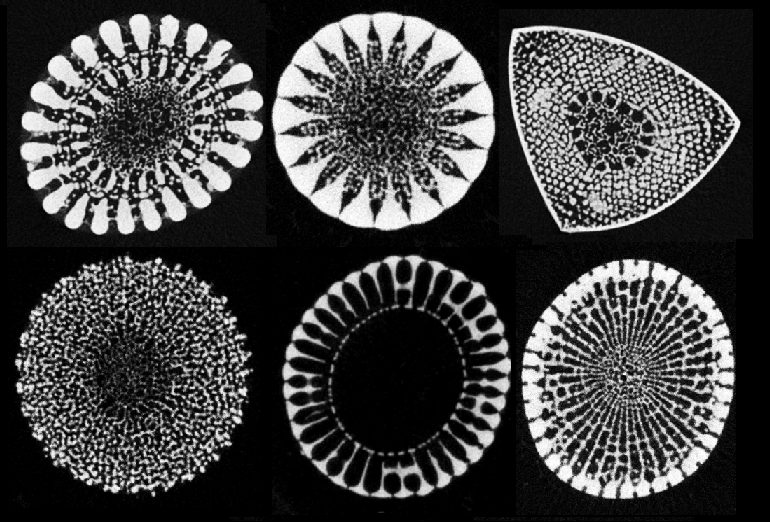Evomimetics an evolution-based approach to biomimetics
Almost four billion years of biological evolution has led to an extraordinary diversity of organisms on Earth. The promising discipline of biomimetics attempts to tap into the vast potential of these biological organisms as innovative sources of inspiration for solving complex technological problems [1]. Although the process of evolution is key to this extraordinary diversity, it is surprisingly overlooked in the context of biomimetics [2]. A persistent misconception in biomimetic research is that evolutionary processes act to optimize phenotypes to maximize performance. On the contrary, organismal structures are bounded by various phylogenetic constraints and functional trade-offs that can place strong limits on optimization [2, 3]. The evolutionary process thus yields suboptimal solutions that create pitfalls for biomimetic design concepts. The key to improved translation of biological knowledge into innovative design solutions lies in shifting our focus from understanding the structures of biological organisms to understanding the evolutionary path that led to the formation of these structures and making this evolutionary dimension an integral part of the biomimetic design thinking process: evomimetics [2].
Project overview

The aim of this project is to develop a theoretical and practical framework for evomimetics, using sea urchin spines as a model system. Sea urchin spines have received considerable attention in biomimetic research, because of their interesting and tailorable mechanical performance in addition to their lightweight nature [4]. In their 450 million years of evolution, sea urchins adapted the internal architecture of the spines – composed of a cellular core (stereom) and/or radial elements including wedges, barbs and bridges – to the divergent selective pressures associated with different marine habitats (e.g., keeping predators at bay, absorbing impact from falling rocks and coral, protecting against strong wave motion near the shores, etc.). The extensive diversity in sea urchin spine microarchitectures adapted to fulfil multifunctional roles, coupled with a well-documented evolutionary history, provides an excellent model system to develop the concept of evomimetics.
The project will be built on two components: (1) a library of micro-computed tomography scans of spines from at least one representative of all regular sea urchin genera (covering the entire diversity in spine microarchitectures) will be created. A number of morphometric analyses will be conducted on the micro-CT data and the results will be used to define a morphospace of sea urchin spine diversity in multiple dimensions. (2) a phylogenetically-informed Pareto Task Inference [5] method will be used to analyse the morphological data. The method, based on Pareto optimality, can make strong predictions about the range of phenotypes that can evolve in multiple-objective (or multifunctional) situations. Using this approach, we ultimately aim to provide optimal solutions within functional constraints, or optimal transitions between these solutions, as a template for versatile designs that can adapt to environmental changes.
References
[1] Müller R. et al. (2018). Biodiversifying bioinspiration. Bioinspiration & Biomimetics 13, 053001.
[2] Adriaens D. (2019). Evomimetics: the biomimetic design thinking 2.0. Proceedings of SPIE 10965, 41-53.
[3] Broeckhoven C. & du Plessis A. (2022). Escaping the labyrinth of bioinspiration: biodiversity as key to successful product innovation. Advanced Functional Materials 32, 2110235.
[4] Perricone V. et al. (2020). Constructional design of echinoid endoskeleton: main structural components and their potential for biomimetic applications. Bioinspiration & Biomimetics, 16, 011001.
[5] Hart Y. et al. (2015). Inferring biological tasks using Pareto analysis of high-dimensional data. Nature methods 12, 233-235.